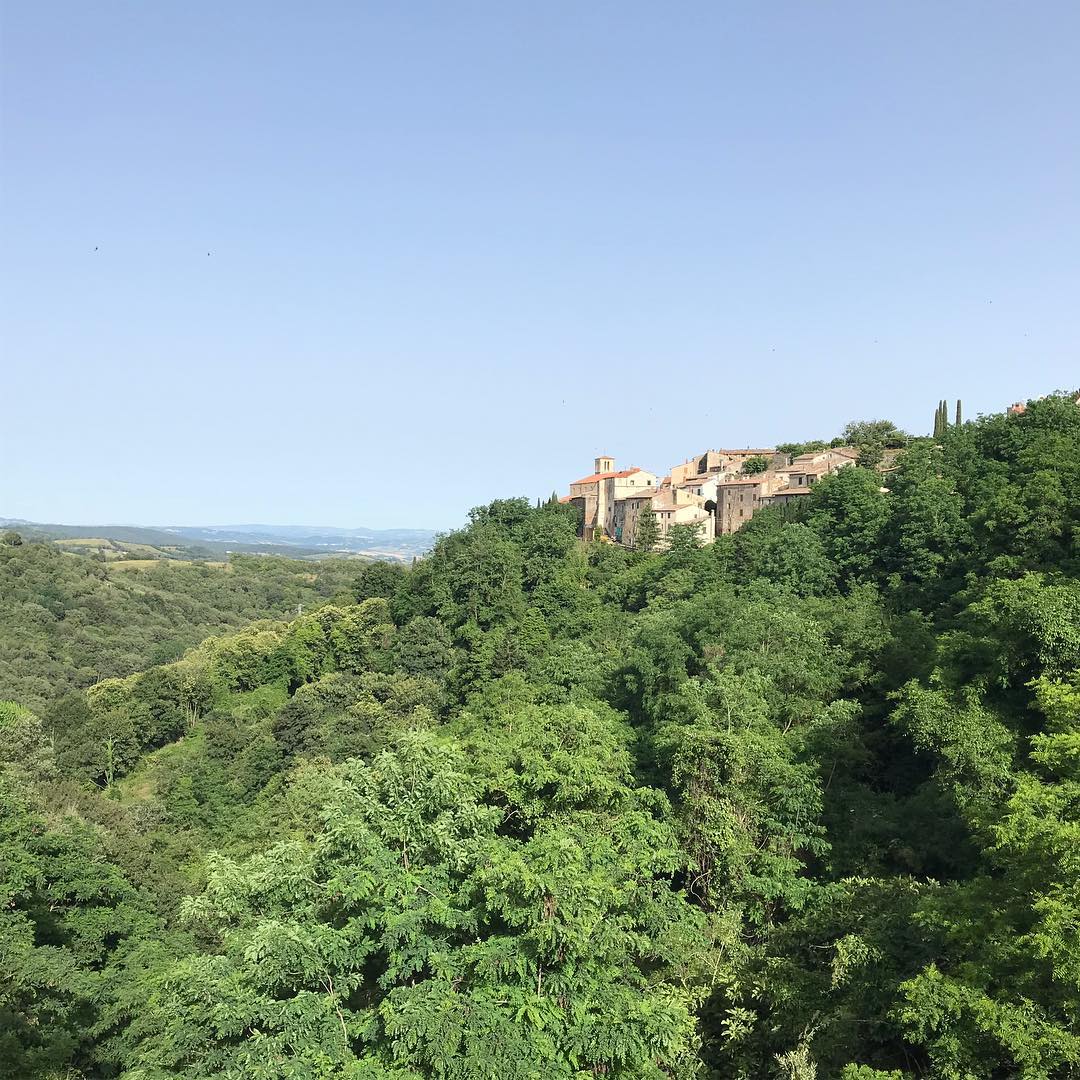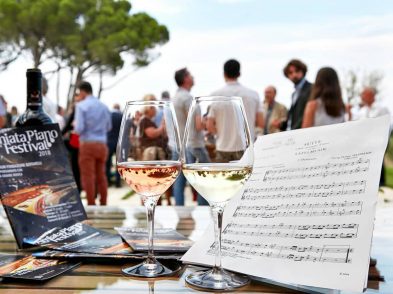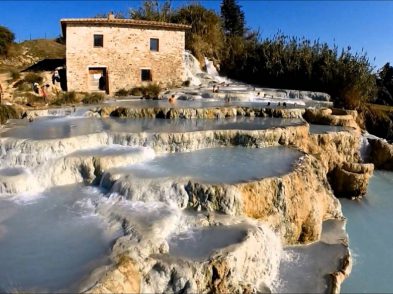You make the almost three-hour drive from Florence south into country Tuscany because you’re looking for authenticity. It’s a cliché, I know. Travel writers have used the word to describe everything from Paris to Peru, but in the Maremma it rings true.
It’s one of the last remaining bastions of authentic Tuscany and you’ve added it to your bucket list because you’ve already seen the region’s greatest hits and now you’re jonesing for a taste of life as a Tuscan. The chance to be the only tourist. The allure of experiencing something as a local and not as an outsider.
Nothing about the Maremma will blow you away. It doesn’t have the dizzying architectural heights of Florence or the iconic landscape of northern Tuscany. If it did, it wouldn’t have remained under the radar for so long. But its modest elements, pretty beaches, humble towns, picturesque scenery and sweet-natured locals combined make for an unforgettable experience.
With that in mind, here are a few tips to help you experience the Maremma in the most authentic way possible.
RENT A CAR
I have been writing about the Maremma for the better part of a decade and so many things have changed.
I remember when the area was famous for nothing more than its eponymous sheepdog. I remember when talk of making money from tourism would get you laughed out of the bar. And I remember when anyone who couldn’t trace their lineage back at least three generations was called a forestiero (stranger).
If you’re reading this and thinking, “I’ve still never heard of this Maremma”, then let me quickly fill you in. The Maremma is a hodgepodge of towns on the border of Tuscany and Lazio united by historical rulers, malaria, a few words of dialect, a profound distrust of northerners and a partiality for wild boar.
These days, we’re still mostly famous for the dog, but also for the Saturnia hot springs and the town of Pitigliano, which appeared in a Fiat commercial a couple of years back.
We’ve experienced incredible awakening in the last decade but one thing has not changed and probably never will, and that’s our shoddy public transport.
If you are inspired to visit the Maremma, you need to rent a car. Luckily, the roads are deserted, parking is plentiful and free, and the signs are terrible, so make sure you download Google Maps.
SPEAK TO YOUR HOSTS… AND SHOP ASSISTANTS!
The Maremma isn’t the sort of destination you can research online. Sure, the internet serves as a good launching pad, but if you really want to discover the countryside, you need to pluck up the courage to ask your host for some tips.
Gone are the days when no one spoke English. Now most locals under the age of 50 know enough to recommend somewhere great to eat. But don’t get snippy if they don’t. This isn’t Florence. A lot of your hosts also run working farms and want you to experience the best their area has to offer, even if it means taking you by the arm and literally dragging you there themselves.
Speaking to your host is also the only way to organize day trips and activities. They know who organizes horseback riding, guided tours, cooking classes or bike rentals because they’ve lived here for generations and not because those activities are advertised online. (They aren’t.)
They also know their local history and the attractions you should be visiting off the top of their head! So, grab a pad and maybe a translating app and mine them for information.
DISCOVER THE SEASIDE
One of the Maremma’s strengths is one of its most underrated areas. Tuscany isn’t generally associated with the seaside, but the region boasts some of the country’s cleanest and most beautiful beaches, many of them in the Maremma.
One of my favourite things to do in summer is head for the Tuscan Archipelago and trawl the beaches on the strada panoramica between Porto Santo Stefano and Porto Ercole. You can park your car along the road and following a winding dirt path down to your own private cove or just chill at one of the beach resorts. These paid stretches of sand, sundecks and beach umbrellas will set you back 10 euro per person per day.
Otherwise, catch the ferry to Giglio Island for all the dazzling panoramas, romantic sunsets and white sand beaches of Corfu without the crowds. Plus, Giglio has a donkey palio race, fried rabbit and its own form of square dancing called the quadriglia.
ORDER SCARY DISHES
The Maremma is not the place to fall back on Tuscan culinary classics like pappa al pomodoro and ribollita, washed down with Chianti. The locals have their own cuisine, which is intrinsically tied to its less-than-fortunate roots. The Maremma used to be covered in swamps, which brought malaria. This isn’t ancient history. The area’s oldest residents can still tell you stories about the days they scratched a living out of barren lands before turning to drink and dying young.
The food is hearty but humble. Dishes like acquacotta, a vegetable soup that literally translates to “cooked water”, or budino di ricotta, a dessert made with stale bread, ricotta and sprinkling of sugar. In the mountain towns of Monte Amiata, chestnuts substitute expensive grain, while along the coast oily fish was stewed or fried with vegetables to make it more palatable.
In inland Poggio Murella, snails were the only available meat for many residents. Something that you can still try at the annual Sagra della Lumaca, held on the first weekend in June.
This is neither pretty nor delicate food. It’s country fare and the tripe, game and wild boar sausages might turn your stomach at first sight. Forget about what looks good and look for what expands your culinary horizons.
While we’re on the topic of food, don’t even give that Chianti a second glance. It’s a northerner’s drink.
In the Maremma, we prefer something more suited to our rough and tumble lifestyle, the Morellino di Scansano. A few glasses of this red DOCG wine that packs a punch and you’ll be singing La Serenata with the best of them!










